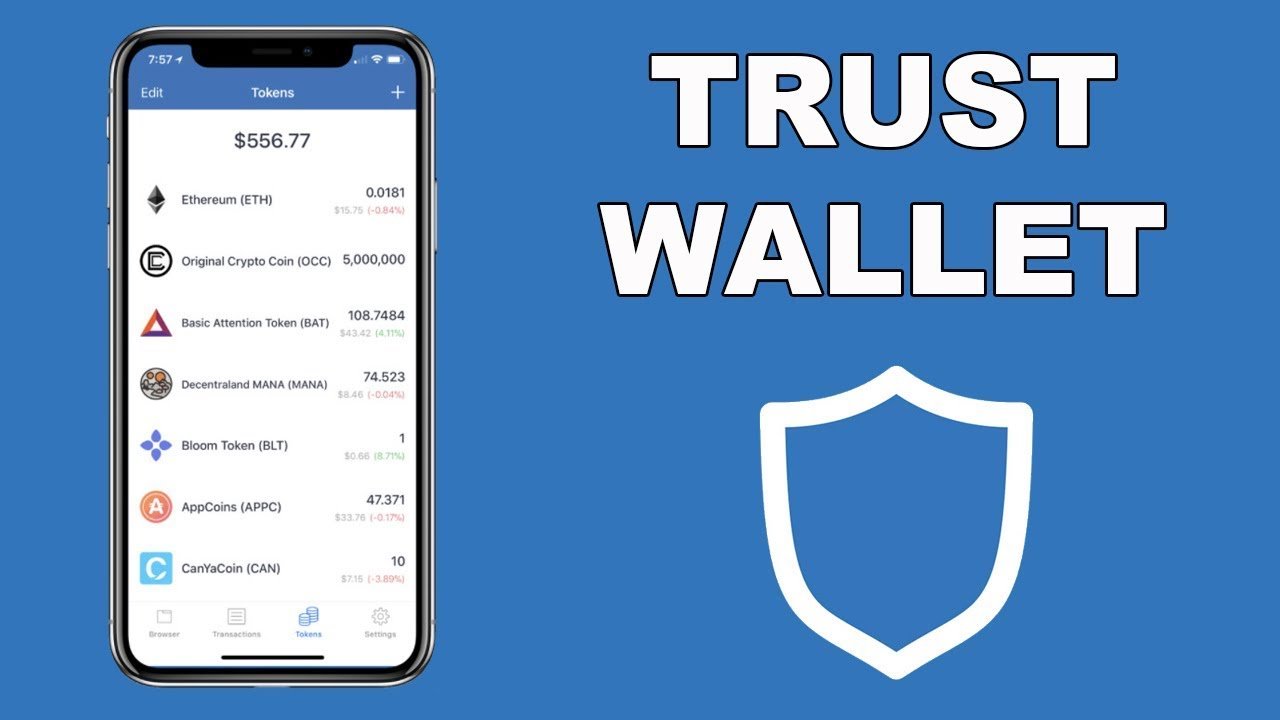Trust Wallet Adds XRP Ledger and XRPL Token Support

Trust Wallet is one of the most popular self-custody crypto wallets, which has revealed support for the XRP Ledger (XRPL) and its tokens. This integration enables users to create, send, and receive XRPL-based tokens right within the Trust Wallet app, thereby going beyond XRP. This integration represents an important step towards improving the accessibility of the XRPL ecosystem as the XRP Ledger continues to gain traction with developers and businesses.
With the increasing adoption of blockchain, the demand for secure and multifaceted wallets is greater than ever. The decision made by Trust Wallet to feature XRPL tokens demonstrates the growing demand for multi-chain support and improved user experience. In this article, we will explain the importance of this development, what it means for user experiences, and its effect on the crypto ecosystem.
What is the XRP Ledger, and Why is It Important?
XRPledger is an open-source, permissionless blockchain recognized for speed, efficiency, and scale. The XRPL is a decentralized and open-source blockchain that offers its consensus mechanism, which allows for extremely low transaction fees and transaction settlement in just a few seconds compared to conventional proof-of-work blockchains like Bitcoin and Ethereum. This could benefit several fintech-related use-cases ranging from cross-border payments, decentralized finance (DeFi), and tokenized assets.
XRPL tokens: Digital assets could be issue on the XRP ledger, giving a traditional asset a blockchain-based value, such as stablecoins, or assets related to the real world, such as stocks and commodities. Trust Wallet integration will now enables support for these new tokens. With that in mind, we are excited to announce some good news for the community: Trust Wallet integration for the XSL token is here, which means you can use the mobile wallet with over 1 million different currencies, including all sets, allowing users to hold, manage, and trade all these tokens against the popular coins like xxBTC, xxETH, xxUSDT, and xxBSC. Depositing via PayPal Apple and Google significantly improves the accessibility of XRPL-domain assets for a worldwide audience of depositors.
Trust Wallet’s XRPL Adoption
Trust Wallet is known for its commitment to providing a secure and user-friendly platform for managing cryptocurrencies. By integrating XRPL tokens, the wallet expands its support for different blockchain networks, allowing users to interact with various ecosystems without needing multiple wallets.

This is good news, especially for individuals actively engaging with the XRP ecosystem. Previously, XRPL token storage and transactions took place through specialized XRPL wallets. Now that built-in support is being offered by Trust Wallet, users can bring all of their assets into one place, making it easier (and safer).
Integration for Institutions and Retail
Moreover, with the support of XRPL tokens within Trust Wallet, retail investors and institutional players alike stand to benefit. For individual users, the integration streamlines the management of XRPL assets without the need of third-party services. This is particularly critical to anyone making DeFi, NFT or tokenized asset trades on the XRP Ledger.
Leading up to October 2023, Trust Wallet is not only the best wallet for XRPL but is highly recommended for institutions and developers looking to build on the XRPL. As more businesses seek to dabble with tokenization on the XRPL, seeing popular wallet support tokens on the XRPL adds credibility and will help with overall adoption.
Security & Self-Custody: Then Why Does It Matter?
Trust Wallet is a self-custodial wallet that allows users to maintain complete control over their private keys and funds, which is one of the main advantages that Trust Wallet has over other wallets. This differs from centralized exchanges, where users rely on third parties to take care of their funds.
Recent collapses of major centralized platforms have made the importance of self-custody clearer than ever before. With built-in wallet functionality, Trust Wallet’s XRPL tokens integration means that users can securely store and manage their assets directly without relying on external entities. This mirrors the broader move in the crypto industry towards decentralization and user sovereignty.
Summary
Adding XRP Ledger and XRPL tokens to Trust Wallet is a historic first step towards further development of the wallet and its integration with the wider crypto ecosystem. XRP to New Highs, Trust Wallet supports managing XRPL assets in a secure, self-custodial environment, increasing access to and adoption of the XRP ecosystem.
As the XRP Ledger becomes increasingly popular as a platform for tokenization, payments, and DeFi, Trust Wallet’s support for XRPL tokens will be pivotal, allowing users to ascend to this new digital frontier with ease. With the increasing demand for multi-chain wallets, the extension of Trust Wallet to XRPL reflects the platform’s objective of offering crypto investors a seamless and secure experience.
[sp_easyaccordion id=”5812″]
